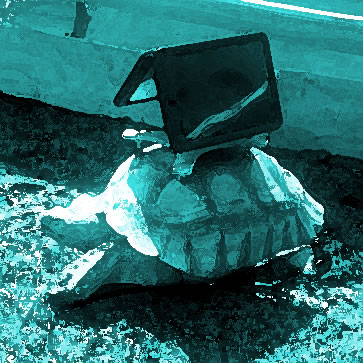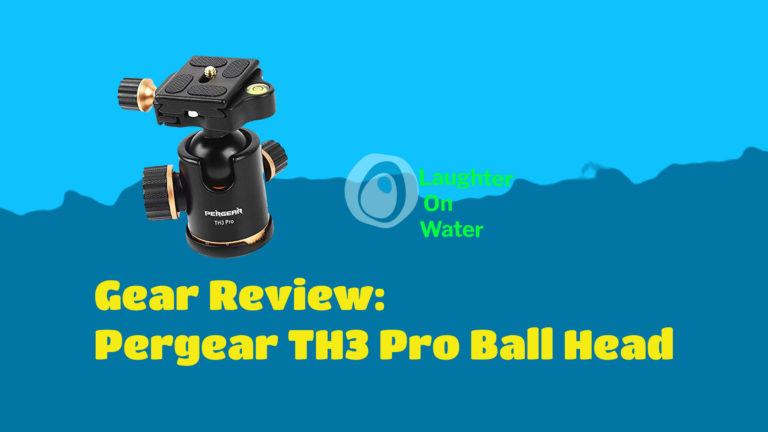Ethics of CritterCam vs Ipod Tortoise
HuffPost recently wrote about an art installation at Aspen Art Museum involving some tortoises with iPads glued to their backs. But there is controversy. Is it ethical to strap something unnatural to the back of an animal?  The epoxy thing seems bad. But NatGeo has been doing CritterCam in the name of science for years, strapping cameras on just about any fauna with a backbone. The Turtle Conservancy seemed to give its blessing for the Aspen Art Museum event.
The epoxy thing seems bad. But NatGeo has been doing CritterCam in the name of science for years, strapping cameras on just about any fauna with a backbone. The Turtle Conservancy seemed to give its blessing for the Aspen Art Museum event.
I would like to believe that the video brought back by NatGeo CritterCams is worthy, helps bring nature conservancy to the public eye and thus justifies the means. But does it? Twenty years from now, we’ll likely all look back on these experiences as crude and invasive, the same way we reflect today upon many historic medical practices. But that was our understanding at that time. We didn’t know any better. I don’t know the ethical answers. I do know that if someone can think of it, someone else is probably doing it.
I like how the Onion challenges our boundaries when it comes to ethics, presenting what appear at first to be real stories that at some point cross the line from reality to surreality. One story from the Onion strikes me as somehow similar to the art museum’s story of currently-homeless tortoises. But instead of shoppers being tagged, homeless people are being CritterCammed for month. (Yes, I verbed “CritterCam”.) We know this could never happen in our America. Could it?
Image adapted from Aspen Art Museum’s Instagram



 I was recently in a dentist’s waiting room reading a library book. A couple walks in and notifies the receptionist they are their for their cleaning appointments. They sat down to wait as well and take out their iPads, with their matching black neoprene sleeves and begin amusing themselves, oddly together and separately.
I was recently in a dentist’s waiting room reading a library book. A couple walks in and notifies the receptionist they are their for their cleaning appointments. They sat down to wait as well and take out their iPads, with their matching black neoprene sleeves and begin amusing themselves, oddly together and separately. I find myself as slack-jawed by the news coverage as I am by the news conveyed. Every news franchise – every minute – every news segment – rehashing the same ugly incident over and over. If I were actually at the incident, might this merely reinforce any existing post-traumatic stress?
I find myself as slack-jawed by the news coverage as I am by the news conveyed. Every news franchise – every minute – every news segment – rehashing the same ugly incident over and over. If I were actually at the incident, might this merely reinforce any existing post-traumatic stress?
